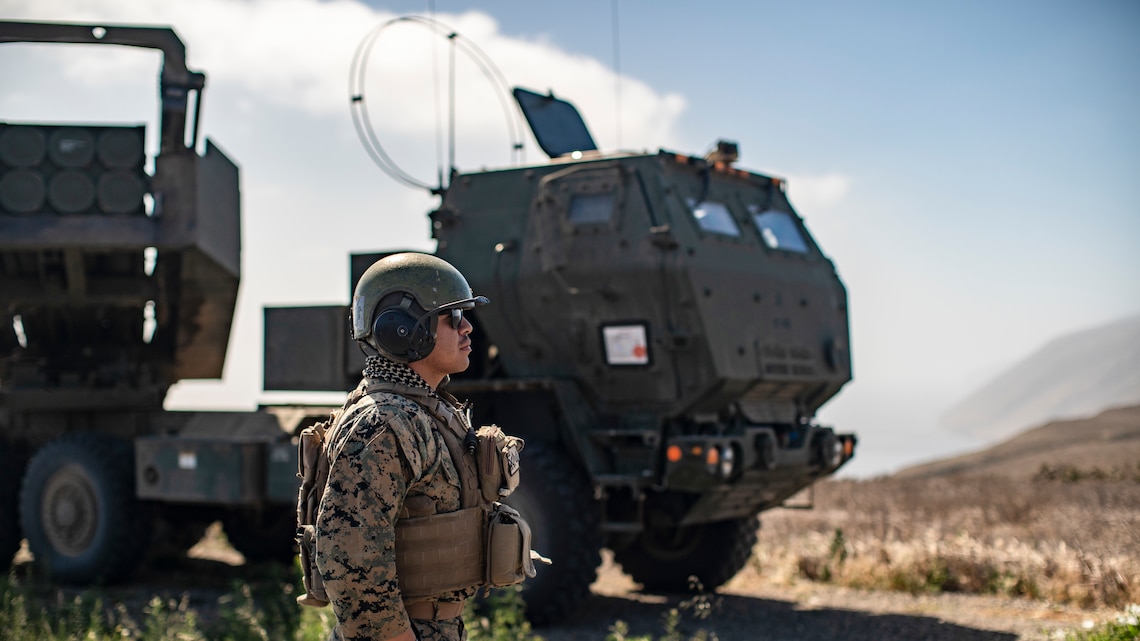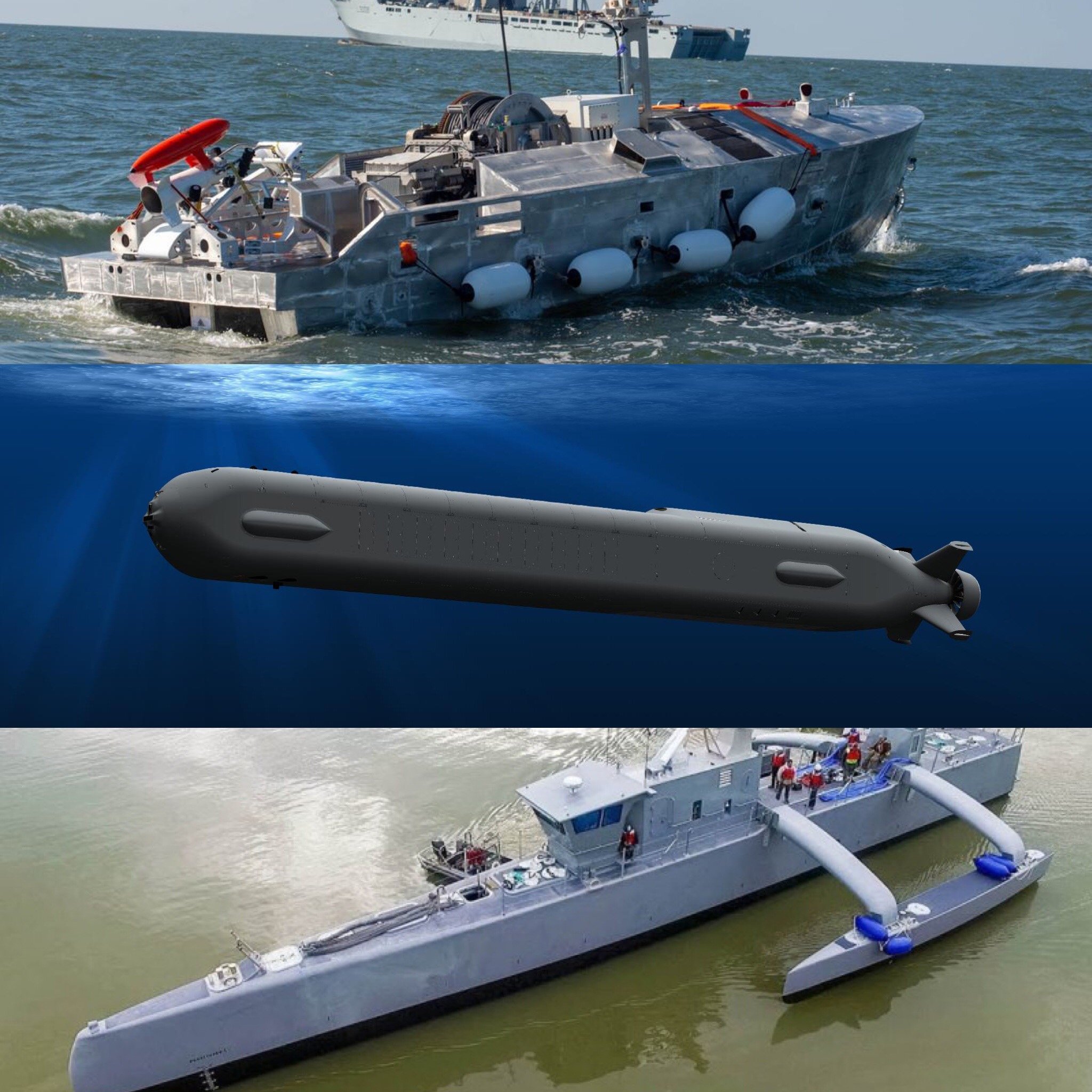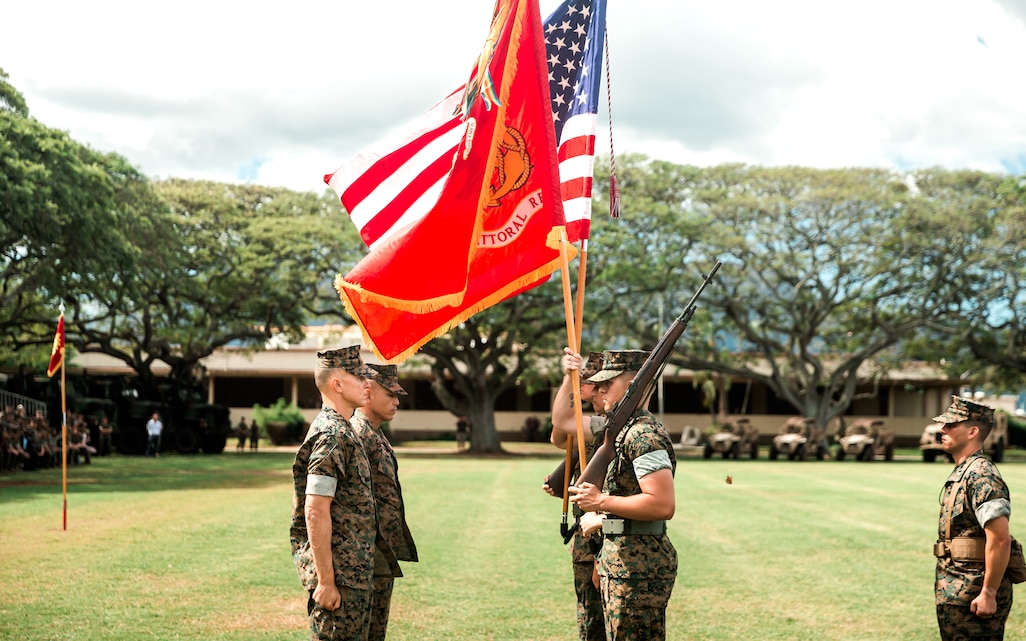I tend to agree and am starting to think that in general all battalions/regiments and brigades should be in a 30/70 or 70/30 RegF to Res F mix depending on their primary role. The important considerations are:
1) the Reg F components must mostly exist in full subunits so that they can properly train, career develop, maintain proficiency, develop doctrine and deploy if necessary;
2) the Res F components must be looked at primarily as an in-an-emergency-break-the-glass force, have a regulated training program designed to meld with their Reg F counterparts, must at the DP1 and DP2 level be trained identically as individuals on the same equipment as their Reg F counterparts and undergo collective training annually at least at the sub-unit but preferably at the unit level.
So when I say a 30/70 bn I mean one which has one full Reg F rifle company and two full Res F rifle companies and a spread throughout the rest of the bn at a roughly 30/70 level. Basically the Bn HQ can administer and train as a battalion year round with the one company that it has and ordinary Reg F career progression goes on with them. During peacetime it could even deploy a Bn HQ and rifle company with support from within its Reg F strength and Res F volunteers. In an emergency it can be mobilized as a full battalion. The Res F companies could have either a small Reg F cadre to provide leadership and support or draw those individuals from the reminder of the battalion as required.
A 70/30 bn would reverse the Reg F to Res F ratio and have two full rifle companies and one full Res F rifle company with the same 70/30 split in the HA and support companies. The point here is that subunits are 100% Reg F or 100% Res F (albeit such subunits might be augmented by a small RSS like staff from within the battalion.
In essence the 70/30 battalions would be at a higher level of readiness and deployment capability. In both cases each battalion would have the responsibility to train its Reg F elements during the Sep to May period and its Res F elements (as well as Reg F DP1 and 2 training) during the May to Aug period.

The largest regiment in the British Army served successfully on continuous operations for over 20 years, roughly along those lines. They were also the first regiment to fully integrate women into their structure, quite successfully. Might be worth having a look at their approach from some good ideas:
The
Ulster Defence Regiment (
UDR) was an
infantry regiment of the
British Army established in 1970, with a comparatively short existence ending in 1992. Raised through public appeal, newspaper and television advertisements,
[1] their official role was the "defence of life or property in
Northern Ireland against armed attack or sabotage" but unlike troops from
Great Britain they were never used for "crowd control or riot duties in cities".
[2][3][4] At the time the UDR was the largest infantry regiment in the British Army, formed with seven
battalions plus another four added within two years.
[5]
It consisted mostly of part-time volunteers until 1976, when a full-time
cadre was added.
[6] Recruiting in
Northern Ireland at a time of intercommunal strife, some of its (mostly
Ulster Protestant) members were involved in sectarian killings.
[7][8][9][10] The regiment was originally intended to more accurately reflect the
demographics of Northern Ireland, and began with Catholic recruits accounting for 18% of its soldiers; but by the end of 1972,
after the introduction of internment this had dropped to around 3%.
[11] It is doubtful if any other unit of the British Army has ever come under the same sustained criticism as the UDR.
[12]
Uniquely in the British Army, the regiment was on continuous active service throughout its 22 years of service.
[6] It was also the first infantry regiment of the British Army to fully incorporate women into its structure.
[6]
Battalion structure
The first seven
battalions raised made the UDR the largest infantry regiment in the British Army at that time.
[43] Two years later, four more were added, taking the total to eleven –
8th (County Tyrone);
9th (Country Antrim);
10th (City of Belfast) and
11th (Craigavon).
The regiment was described in 1972 as:
Organised into 11 Battalions (59) companies: two in Belfast and the remainder cover county or sub-county areas. Seven of the eleven are commanded by regular commanding officers. In addition the training majors, quartermaster, regimental sergeant majors, chief clerks, and signaller NCOs are also regulars. There are a number of 'conrate' (full-time UDR) posts in each unit, including adjutants, permanent staff instructors, security guards, etc. Many of the officer and senior rank conrates are ex-regulars. The remainder are part-timers. Their main tasks are guarding key points, patrolling, and surveillance, and manning vehicle checkpoints. They do not operate in the 'hard' areas of Belfast, and are not permitted to become involved in crowd confrontations anywhere. Men are armed with self-loading rifles or sub-machine guns. The current strength of the Regiment is 7910.
[65]
Until 1976 the full-time cadre were "conrates" (so called because they had a "consolidated rate of pay")
[66][67] whose duties consisted of guarding bases and carrying out administrative tasks. The role of the regiment was expanded by raising full-time
platoons, known as "Operations Platoons", to perform duties on a 24-hour basis. The first of these was raised at 2 UDR under the command of a
sergeant. By the end of the 1970s, the permanent
cadre had been raised to sixteen platoons. These were then increased to company strength with the conrate role being phased out and full-time UDR soldiers undertaking their own guard duties and administration.
[68]
The full-time element eventually increased to more than half the total personnel.
In 1990, the regiment's numbers stood at 3,000 part-time and 3,000 full-time soldiers, with 140 attached regular army personnel in key command and training positions.
[69] The standard of training of the permanent cadre made them suitable to be used in much the same way as regular soldiers and it was not uncommon for regular army units to then come under local command and control of a UDR Battalion Headquarters.
[70]
The dispersal of UDR soldiers into their areas of responsibility was through sub-barracks of platoon or company size. Battalion headquarters would usually be located in the
county town, but not always as some counties had two battalions. Guarded by conrate soldiers, these barracks would become doubly active after 6pm as part-time soldiers arrived for evening duties. After
Ulsterisation began in 1976, many battalion headquarters had full-sized permanent cadre companies and these would maintain a 24-hour presence in the battalion's "
tactical area of responsibility" (TAOR).
An example of this structure can be seen in the make-up of 2 UDR based at
Drumadd Barracks in Armagh:
| Company | Part/Full-time | Base | Hours of duty | Number on duty |
|---|
| HQ Coy | Mixed | Armagh, Command, Control & Admin | Admin 9-5, Watchkeepers 24 hr | 9-5 = 15, 24hr = 5 |
| A Coy | Full-time | Armagh | 24 | 35 |
| B Coy | Part-time | Armagh/Newtownhamilton/Caledon | 7 pm – 2 am | 35 |
| C Coy | Part-time | Glenanne | 7 pm – 2 am | 35 |
| D Coy | Part-time | Loughgall | 7 pm – 2 am | 35 |
Sub-headquarter units would maintain contact with their own patrols and HQ by radio. In many cases the radios were operated by Greenfinches (female soldiers),
[71] whose husbands or sons and/or daughters were on one of the active patrols, which led to tense moments when mobile units or foot patrols came under attack and submitted a "contact report" by radio.

en.wikipedia.org





:quality(70)/cloudfront-us-east-1.images.arcpublishing.com/mco/ROVY757ADVCPHLBEFK5ONQENAM.jpg)







